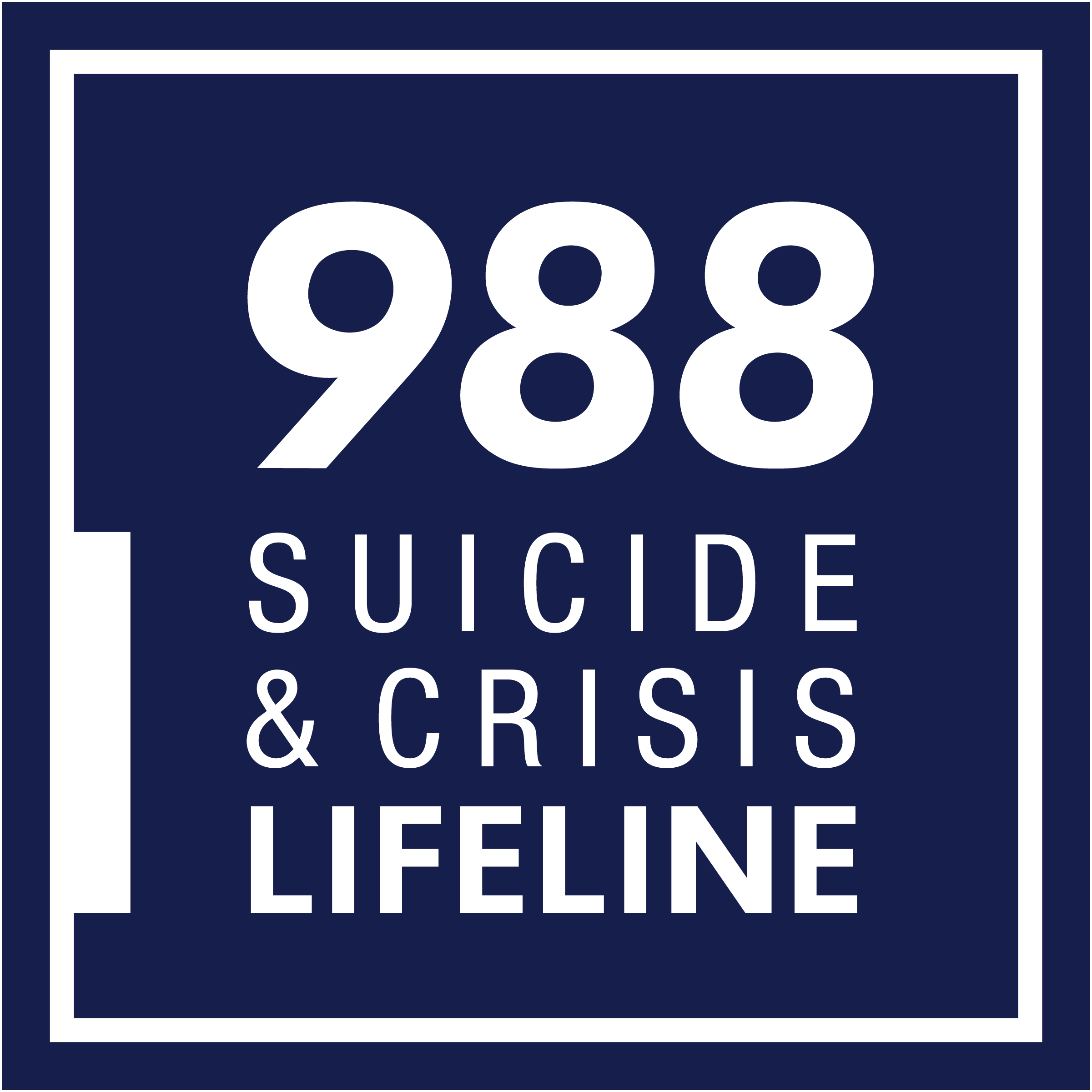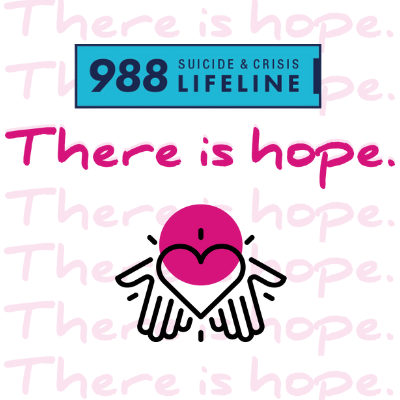Suicide and Self-Harm: Cultural Connections May Help Protect Hispanic/Latino Youth
A public health crisis
Suicide is a growing concern among the Hispanic/Latino population, especially among youth. Research finds that aspects of Hispanic/Latino culture and their associated familial and community connections may help in preventing suicide.

Hispanics/Latinos are the fastest growing population group in the United States, numbering 62 million.1 The terms “Hispanic/Latino” refer to individuals of any race from Cuban, Mexican, Puerto Rican, Central American or South American origin.
Suicide is the second leading cause of death for people aged 10 to 34 in the U.S. It impacts all ethnicities and genders but has been trending upwards within vulnerable groups. Each year an estimated 243,000 Hispanic/Latinos attempt to end their own lives.2 In 2020, more than 4,500 Hispanic/Latino individuals died by suicide in the U.S., according to the Centers for Disease Control and Prevention.

Statistics for Hispanic/Latino youth are especially concerning. Adolescents report disproportionate rates of suicidal ideation and attempts3 with higher self-reported rates among female Hispanic/Latina youth. In 2019, one in six (17%) of Hispanic/Latino high school students had serious thoughts of suicide, including nearly one in four (23%) of females and 11% of males.4
The COVID-19 pandemic presented new risk factors and challenges for many. While overall suicide rates declined between 2019 and 2020, suicide rates increased among Hispanic/Latino males and multiracial females.5
As a complex and large segment of the U.S. population, with more growth expected, it is vital to address the growing crisis of suicide and self-harm among Hispanics/Latinos, especially youth. Cultural practices and connections could provide a unique resource to safeguard this group against the preventable tragedy of suicide.
Uniquely vulnerable: a paradox
Hispanic/Latino populations are disproportionately affected by economic, social and health consequences. They may be impacted by poverty, unemployment, unstable housing, and discrimination.6 Many Hispanic/Latino individuals and families may also hold on to traditional values and norms, eating patterns, and religious adherence. It is these cultural signposts that may provide a light in the darkness for the youth and adults considering suicide.
“Culture as curative”
According to Dr. Ruby Castilla-Puentes7, president of the American Society of Hispanic Psychiatry, Hispanic/Latinos can leverage many cultural characteristics that define the countries of the Latin American region to head off mental health disorders before they devolve into depression or suicidality. Factors such as close family ties, socialization networks and open communication could have protective effects against suicide risk.
In Hispanic/Latino culture there are myriad forms of socialization and points of social contact within communities. This includes connecting frequently with peers from the same culture as well as family members. Dr. Castilla-Puentes said that for Hispanics/Latinos, family cohesion extends beyond the nuclear group to uncles, aunts, grandparents and especially cousins that may be the same age as a youth at risk of suicide. This can enhance communication between youth and their social support contacts. Hispanics’/Latinos’ cohesion within the family lets them communicate often and touch base frequently said Dr. Castilla-Puente.
Protecting Youth at Risk
Hispanic/Latino youth benefit from these culturally based protective factors. Studies8 have found that for Hispanic/Latino youth, ethnic affiliation, religiosity and caring from teachers can result in more positive familial relationships, fewer depressive behaviors and a greater likelihood of youth turning to family for support. These feelings of commitment and loyalty to family, healthy ethnic identity, involvement in Hispanic culture, and moral objections to suicide within religious beliefs could protect those vulnerable to suicide. Religion and spirituality can be a stalwart against suicide. If youth and children feel “there is something greater than them, not in a punishing sense, but more transcendent. Something bigger than humanity, it can help or be refuge for them,” said Dr. Castilla-Puentes.
Sharing cultural traditions, art, books and music contributes to the well-being of diverse adolescents and better academic and behavioral outcomes.9 Strong orientation to Hispanic/Latino culture also increased youth-family bonding.
Efforts should be made to foster awareness and recognition of mental health disorders in the Hispanic/Latino community. Dr. Castillo-Puentes says that it is normal for emotions to fluctuate and notes the importance of distinguishing feelings of sadness and anger from pathological symptoms of a mental health disorder. “The brain is an organ the same as the heart or liver, but instead of manifesting illness as pain in the chest like with your heart, the brain manifests it as sadness, crying, loss of attention to things,” she said.
How You Can Help
If you believe that someone close to you is considering suicide, listen and take their concerns seriously. Don’t be afraid to ask questions about their plans. Let them know you care, and they are not alone. Encourage them to seek help immediately from a knowledgeable professional.
Five tips from CDC for what you can do if you’re concerned about a friend or loved one:
- Ask someone you are worried about if they’re thinking about suicide. (While people may be hesitant to ask, research shows this is helpful.) For example: “It sounds like things are rough right now, and I am concerned about you. Are you thinking about killing yourself?”
- Keep them safe. Reduce access to lethal means for those at risk (firearms, sharp objects, drugs and alcohol).
- Be there with them. Listen to what they need.
- Help them connect with ongoing support and mental health services
- Stay connected. Follow up to see how they’re doing.

If you or someone you know needs support now, contact the Suicide and Crisis Lifeline: call or text 988, or chat 988lifeline.org
For services in Spanish text AYUDA to 988 or on WhatsApp at 442-AYUDAME.
More information
- Suicide Prevention
- APA Blog: Increase in Self-Harm During the Pandemic
- APA Blog: Latino Youth Overcoming Challenges to Mental Health and Access to Care
- Psychiatric News: Psychoanalyst Examines How Culture Influences Suicide
by Fatima Reynolds, M.P.H.,
Division of Diversity and Health Equity,
American Psychiatric Association
References
- Krogstad, J.M, and Noe Bustamante L. (2021). Key facts about U.S. Latinos for National Hispanic Heritage Month. Pew Research Center.
- America’s Health Rankings. (2021). Trend: Suicide – Hispanic, U.S. Data from CDC Wonder.
- .Cervantes, R. C., et al. (2014). Self-harm among Hispanic adolescents: investigating the role of culture-related stressors.The Journal of adolescent health: official publication of the Society for Adolescent Medicine, 55(5), 633–639.
- Centers for Disease Control and Prevention. Youth Risk Behavior Survey 2019 Results.
- Elhman, D.C., et al. (2022) Changes in Suicide Rates — United States, 2019 and 2020. Morbidity and Mortality Weekly Report, Centers for Disease Control and Prevention, Vol 71 No. 8, 306-312.
- American Psychiatric Association. (n.d.). Stress & Trauma Toolkit for Treating Hispanics in a Changing Political and Social Environment.
- APA staff interview with Dr. Ruby Castilla-Puentes, 2022.
- Newcomb, M.D., Locke, T. (2005). Health, Social, and Psychological Consequences of Drug Use and Abuse. In: Sloboda, Z. (eds) Epidemiology of Drug Abuse. Springer, Boston, MA.; Peña, J. B.,et al. (2011). Familism, family environment, and suicide attempts among Latina youthSuicide & life-threatening behavior, 41(3), 330–341; Zayas, L. H., Hausmann-Stabile, C., & Kuhlberg, J. (2011). Can Better Mother-Daughter Relations Reduce the Chance of a Suicide Attempt among Latinas?.Depression research and treatment, 2011, 403602.
- Qu, Y., et al. (2018). A Biopsychosocial Approach to Examine Mexican American Adolescents’ Academic Achievement and Substance Use. Journal of the Social Sciences, 4 (4) 84-97
